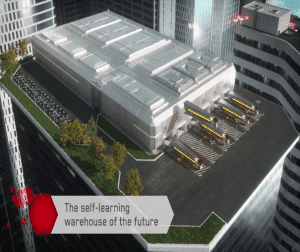With the surge in e-commerce, particularly post Covid-19, the push to automate warehouses and distribution centers has increased the complexity of warehouse operations multi-fold. By combining robotics, automation, artificial intelligence, IoT, augmented reality and machine learning into the warehousing environment, companies are finding new ways to offset long-standing challenges, such as the shrinking labor market, under-utilization of capacity, and deficiencies in data collection technologies to meet the demands of high-velocity e-commerce business models.
Technologies
Warehouse automation encompasses many technologies, some of which are discussed in this paper.
























